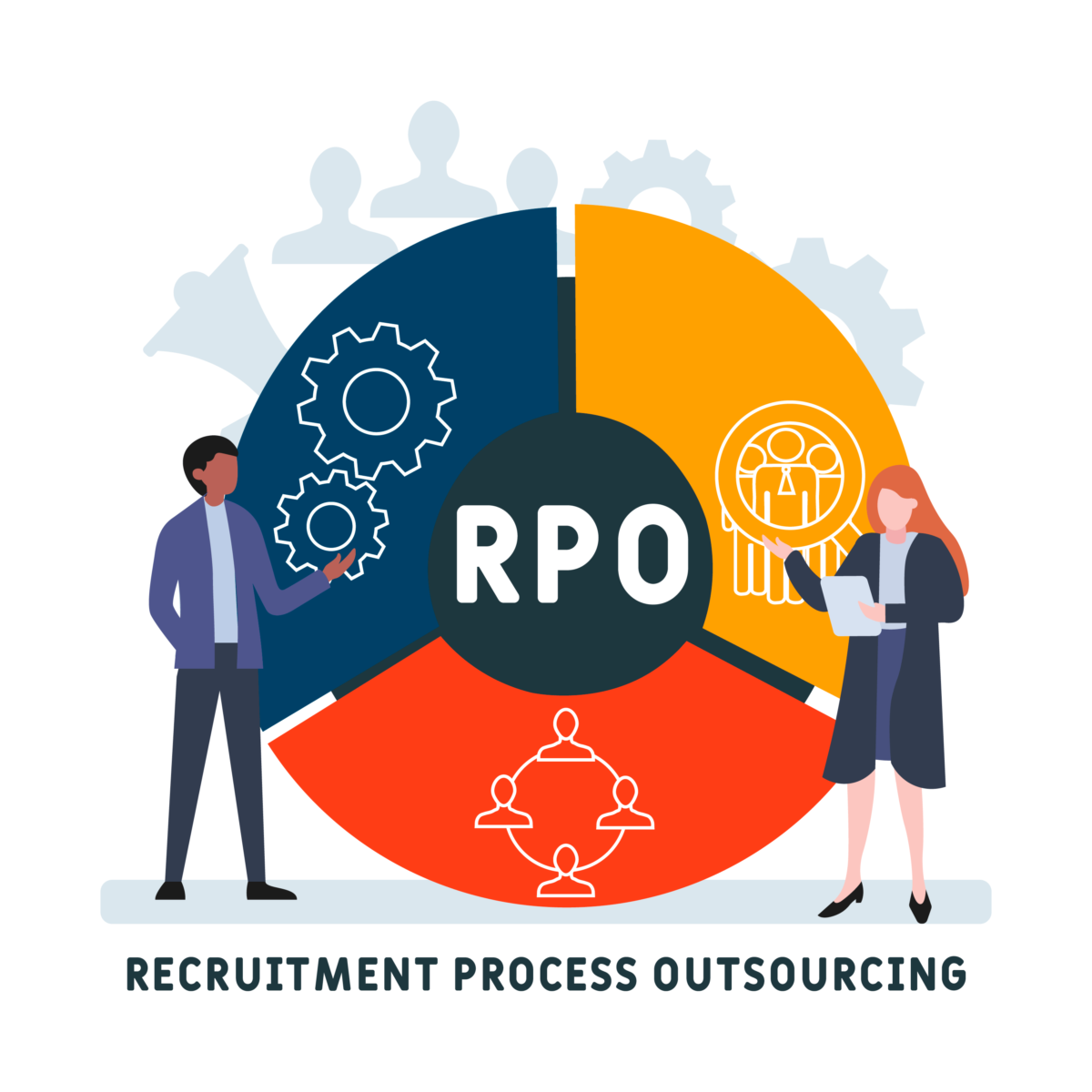Seven years from now, the Electronic Vehicle (EV) industry is slated to hire ten million people, i.e., ten million as direct recruits into the EV industry and another 50 million in EV-allied jobs, as per IBEF reports. Even in a buoyant job market, this figure is staggering. Coming from auto-industry leaders and the Government of India, the news ushers opportunities and change. EV will electrify the market and catapult recruitment. This is the next great opportunity for India, the fastest and the largest ever.
The blueprint of change
In 2022, when India pipped Japan to become the world’s third largest auto market, auto sales never looked better in the country. Today, with over 21 crore two-wheelers and more than 7 crore four-wheelers, the Indian roads are busy. Just as busy is India’s auto industry, which at present is the fourth largest in the world.
Poised to break into this market and change the entire lay of the land is India’s EV Industry.
As per National Institution for Transforming India (NITI Aayog), by 2030, 80 per cent of two and three-wheelers, 40 per cent of buses, and 30 to 70 per cent of cars in India will be EVs. This includes all government-owned vehicles.
In addition to the existing 2,700 public charging stations and 5,500 charging connectors, to support the expected demand for EVs, India will need as many as 20.5 lakh charging stations by 2030. This monumental task must be completed alongside EV manufacturing and sales.
Driving India
India’s climate commitment, the critical need for clean, green energy which is less dependent on fossil fuel and the goal to achieve net zero carbon emission by 2070, are the driving forces behind this goal. EVs will help in achieving these objectives, because unlike vehicles that run on traditional gasoline, EVs are fuelled by Lithium Ion batteries that are less polluting and more energy and cost efficient.
For a nation that is looking at shifting from being a purely service driven economy to a global hub for manufacturing as well, EV manufacturing and allied services will play a mission critical role.
The EV umbrella
Included under the enormous EV umbrella are India’s original equipment manufacturers (OEMs), EV franchisers, battery manufacturers, manufacturers of EV components and accessories, solar vehicle charging and battery swapping infrastructure providers, a seamless supply chain, battery recycling plants, companies that can set up charging stations across the country etc.
The Ministry of Skill Development and Entrepreneurship believes that this huge task, owned by the EV industry, will generate one crore jobs by 2030. Compare this with the IT sector which is laying off thousands of people every day and a clear picture will emerge as to why EV is looking like the next big boom for India.
The multidisciplinary EV industry will create employment opportunities for entrepreneurs, researchers, product designers, mechanical engineers, chemical engineers, IT professionals, quality testers, infrastructure developers, charging station personnel, e-cab owners and drivers, EV maintenance mechanics, personnel who are proficient in retrofitting of vehicles from petrol/diesel to electric and sales and marketing personnel.
All hands on the deck
For starters, to promote the use of EVs all stakeholders are in action mode. Both the Central Government and State Governments have rolled out multiple initiatives to support its electricity mission, including a blueprint to generate 10 million jobs and supply skilled manpower to the industry. In fact, a specialised EV course curriculum is in the making, to cater to the expected workforce demand. Manufacturing companies are sealing tie-ups with colleges and training centres to run short and long-term courses to create ready-to-hit-the-road-running engineers, technicians and marketers. What is more, entrepreneurs in the EV space are being given special incentives to come up with innovative solutions.
Opening new doors
Studies reveal that with more EVs hitting the road in 2023, the industry will see 40-45% expansion in the job market in the coming months. At present, the industry is a fertile ground for research and development, new engineering departments, new and innovative product designers. Existing EV players have hired more than 2236 core employees in the past six months, many of them women in top management positions.
Incidentally, the EV industry also boasts of a fully women-run factory in Tamil Nadu.
OEMs are expecting to launch 20 -30 new EVs by 2030 and are looking for analysts and product designers. Semiconductor companies need engineers with EV power-terrain knowledge. Their vendors and suppliers are hiring people who are experienced in last-mile delivery…
IoT, ML, AI and EVs.
Green Mobility, which will be the next big game-changer on the horizon, uses technologies such as IoT, ML and AI to complement it. These technologies will allow EV vehicles to communicate information regarding battery performance; it will allow EV drivers to access maps and other information, thereby saving time, ML algorithms combined with advanced data analysis tools will provide safer driving experiences by identifying obstacles ahead of time. New product designs will help people with disabilities to be mobile and have access to work opportunities.
The stars are aligned – the government, environment, market demand, technology influence, EV options for all strata of society, the export market, employment opportunities and the recent discovery of Lithium in Kashmir. These factors will lead to exponential growth, both from a pull and push front, and redefine India like nothing before.
The writer is founder and MD, Ad Astra.









